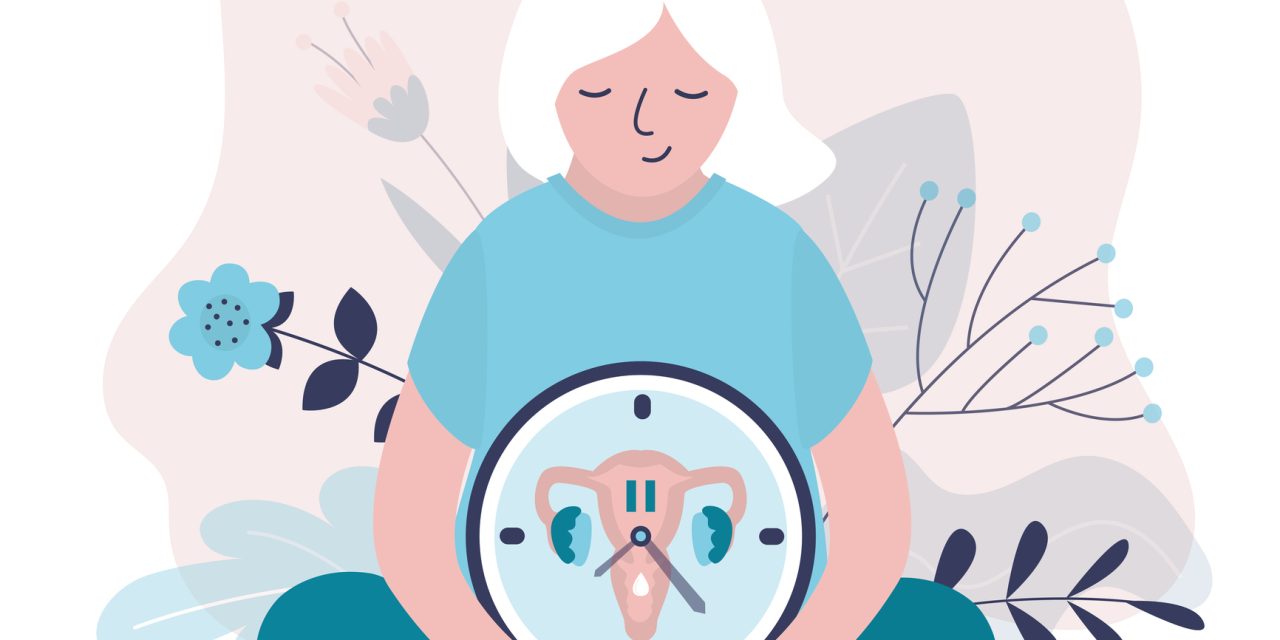Researchers sought to determine if serotyping pregnant women with a history of genital herpes simplex virus (HSV) and an outbreak during the third trimester of pregnancy is more cost-effective than not serotyping. The researchers created a decision-analytic model to evaluate a routine HSV serotyping strategy in a hypothetical cohort of 63,582 women (an estimate of the number of women in the United States with a history of genital HSV and an outbreak during the third trimester of pregnancy). Mild, moderate, and severe neonatal HSV, neonatal mortality, costs, and quality-adjusted life-years (QALYs) for both the mother and the neonate were among the outcomes studied. They utilized a willingness-to-pay threshold of $100,000 per QALY to calculate probabilities, utilities, and costs. To examine the robustness of the results, sensitivity analyses were done.
HSV serology screening resulted in 519, 8, and 15 instances of mild, moderate, and severe newborn HSV, respectively, in the theoretical cohort, whereas no serology screening resulted in 745, 65, and 85 cases, respectively. Thus, HSV serology screening resulted in 226 fewer instances of mild, 57 cases of moderate, and 70 cases of severe newborn HSV, respectively, as well as 91 fewer neonatal fatalities. Furthermore, serology screening saved $61 million and earned 7,900 QALYs, making it the most effective option. According to a univariate sensitivity analysis, serology screening was cost-effective until the risk of progression from newborn HSV infection to illness despite empiric antiviral therapy was more than 23%. Serology screening in pregnant women with a third-trimester outbreak and a history of genital HSV led to better results and lower expenditures.


